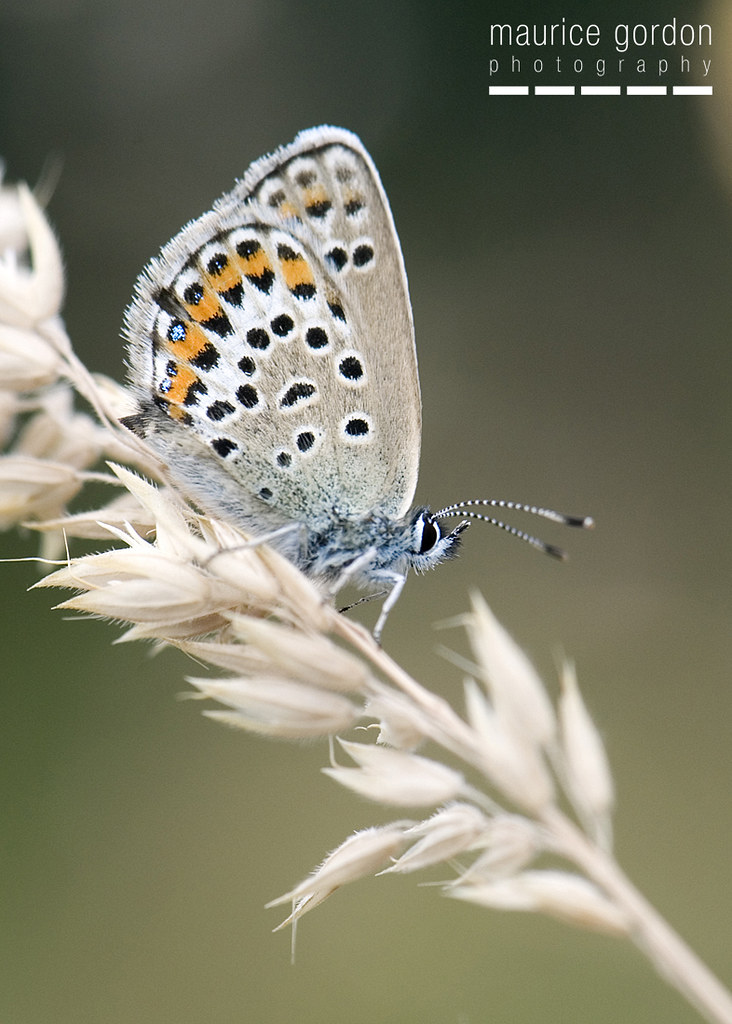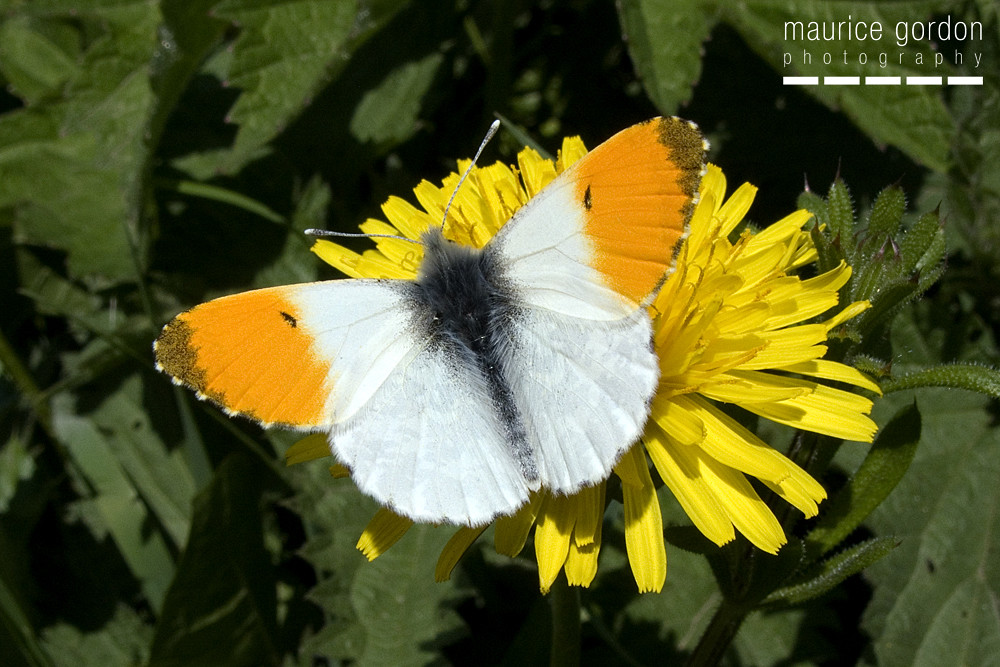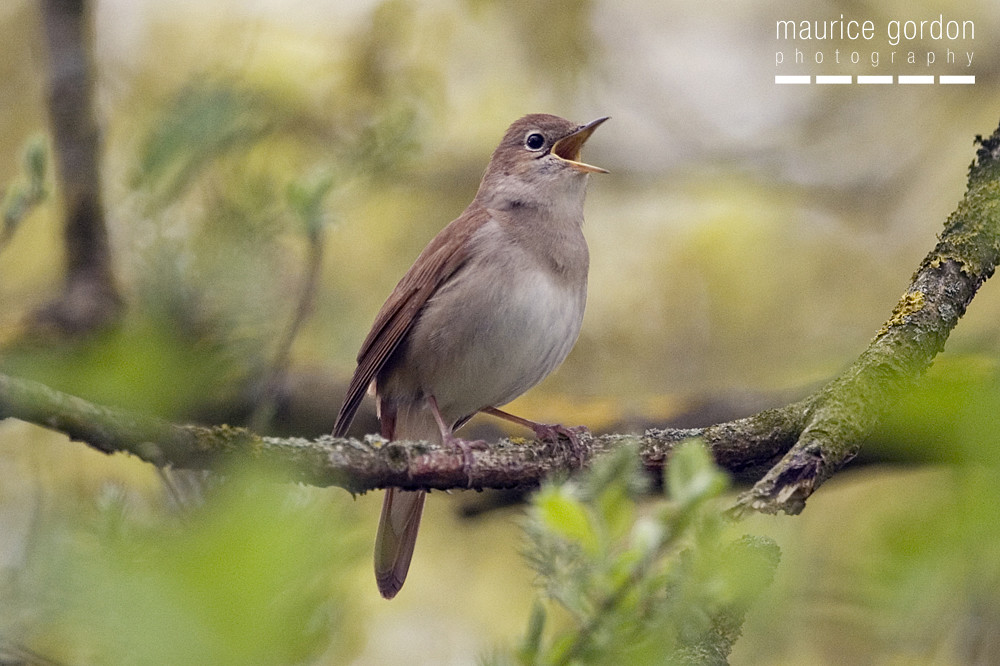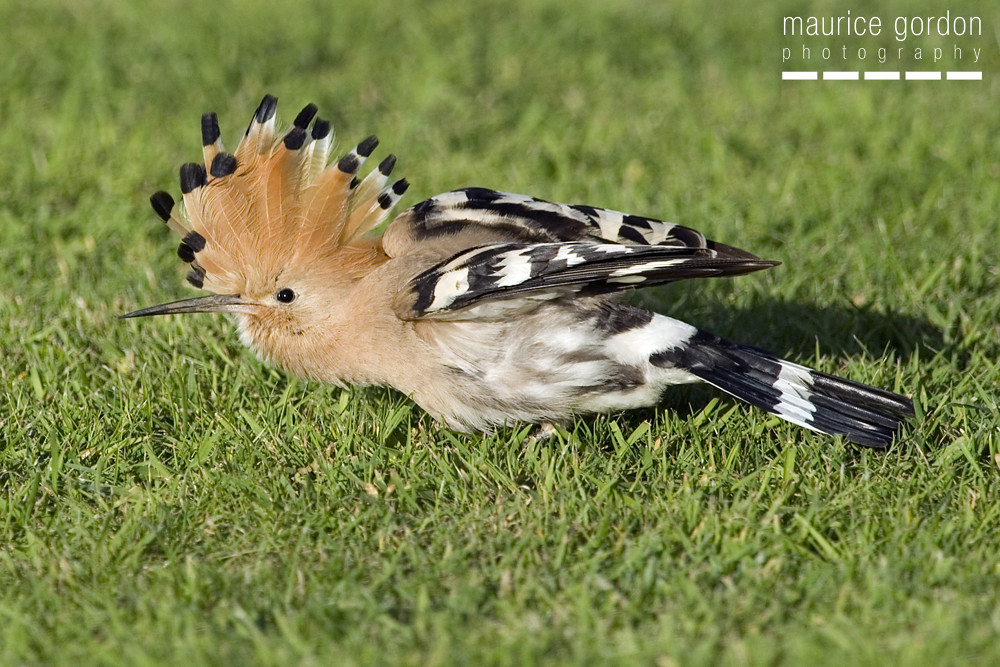Maurice Gordon Photography sites
Wildlife
I have always been passionate about wildlife and conservation and when not photographing people I can often be found out in the countryside and on nature reserves. Though we have of course lost species, we are lucky to still have such a diversity of birds, butterflies and insects in the British countryside. Many species are still under threat, but it is heartening to have met so many like minded people when out and about photographing the natural world.
You can contact me on 07866 316577 or via e-mail at info@mauricephotos.co.uk
TO GO STRAIGHT TO DETAILS OF PHOTOGRAPHY COURSES AND TO SEE SOME OF MY FAVOURITE IMAGES PLEASE CLICK HERE AND SCROLL DOWN
Some wildlife links:
Michael Flowers birdwatching classes and walks
Yorkshire Butterfly Conservation
Yorkshire Dragonflies
Yorkshire Wildlife Trust
Yorkshire Nature Triangle
Yorkshire Mammal Group
East Yorkshire Birding Forum
Birdguides
Tophill Low Nature Reserve
Yorkshire Red Kites
North Cave Wetlands Nature Reserve
The Wild Bird Cafe - North Cave Wetlands
Paull Holme Strays sightings
Potteric Carr Nature Reserve
Hull Valley Wildlife Group
Spurn Bird Observatory
Mike Robinson Bird Photos
Vince Cowell Photography
Steve Mulligan Bird Photography
David Ware - Wolds Birding
Paul Ashton East Yorkshire Wildlife
Wold Ranger
Beetle Boy's Bio Blog
Rory Selvey (age 13) Wildlife Photography
Kill the Badger Cull
The Brown Hairstreak Blog
Africa Gomez Bugblog
Zilch - eliminating litter
Keep Britain Tidy
Plantlife
Buglife
Next Photo Event dates to be announced...
You can contact me on 07866 316577 or via e-mail at info@mauricephotos.co.uk
TO GO STRAIGHT TO DETAILS OF PHOTOGRAPHY COURSES AND TO SEE SOME OF MY FAVOURITE IMAGES PLEASE CLICK HERE AND SCROLL DOWN
Some wildlife links:
Michael Flowers birdwatching classes and walks
Yorkshire Butterfly Conservation
Yorkshire Dragonflies
Yorkshire Wildlife Trust
Yorkshire Nature Triangle
Yorkshire Mammal Group
East Yorkshire Birding Forum
Birdguides
Tophill Low Nature Reserve
Yorkshire Red Kites
North Cave Wetlands Nature Reserve
The Wild Bird Cafe - North Cave Wetlands
Paull Holme Strays sightings
Potteric Carr Nature Reserve
Hull Valley Wildlife Group
Spurn Bird Observatory
Mike Robinson Bird Photos
Vince Cowell Photography
Steve Mulligan Bird Photography
David Ware - Wolds Birding
Paul Ashton East Yorkshire Wildlife
Wold Ranger
Beetle Boy's Bio Blog
Rory Selvey (age 13) Wildlife Photography
Kill the Badger Cull
The Brown Hairstreak Blog
Africa Gomez Bugblog
Zilch - eliminating litter
Keep Britain Tidy
Plantlife
Buglife
Next Photo Event dates to be announced...
Wednesday, 15 October 2014
Wednesday, 13 August 2014
A tale of two blues.......with tails

Lang's Short-tailed Blue (Leptotes pirithous) on the left and Long-tailed Blue (Lampides boeticus) on the right
Searching the outskirts on foot near our holiday rental in Marseillan, South of France didn't reveal much in the way of diverse wildlife. There were plenty of Black Redstarts in the graveyard and the odd huge raptor overhead. The one scrubby field I found did on closer inspection have lots of blue butterflies particularly around the edges. Many turned out to be nothing more exotic than Common Blue and Brown Argus though I was pleased to identify Lang's short-tailed Blue as well. It was only on returning home and uploading my pics that I discovered I also had photos of Long-tailed Blue, which was nice! They do look superficially similar. Plenty of Mallow Skipper on the wing too.

Long-tailed Blue above
Lang's short-tailed Blue below

Lang's short-tailed Blue, wings open

Tuesday, 12 August 2014
Red-veined Darter

Quite a few around on our recent holiday in France though they are not uncommon visitors to the UK. Very active in the sunshine and seen more often away from water whilst Small Pincertail nearly always seen by any running water.

Monday, 14 July 2014
Silver-studded Blues at Prees Heath, Shropshire

Female underside
I attended a very interesting Flora Locale course last week - lowland heath restoration at Prees Heath in Shropshire. The course was run by Stephen Lewis of Butterfly Conservation and Phil Putwain of Ecological Restoration Consultants Ltd. In short the heath was turned into an airfield during the last war and following the war the land was turned over to agriculture and improved, mainly for potatoes. The Silver-studded Blues who are heavily reliant on heather and a black ant population had managed to cling on in the fragments of remaining heathland. It was extremely interesting to learn how the heathland had been restored and the constant challenges faced in maintaining the infertile soil for the heathers. Prees Heath is maintained principally for the Silver-studded and it was great to see good numbers though we were present just after peak emergence.

Male topside showing distinctive "lead blue" colouration

Female topside

Prees Heath. A less Heathery bit but showing the restored WW2 building.

Silver studs




Tuesday, 20 May 2014
Saturday, 10 May 2014
Sunday, 4 May 2014
Operation Orange-tip

Operation Orange-tip has been a great success this year. I have managed to get lots of shots of males stationary and with their wings open. I need to thank the Orange-tip populations of both North Cave Wetlands and Leven Canal for their help in making these photographs a possibility. Most years they are so flighty they just don't stay still for long enough. The photos taken using Nikon D700 with 105mm f2.8 macro lens and also the Canon G9 compact which is proving extremely useful for macro shots. You can shove the G9 right into the bushes and up to 1cm away from your subjects, it is just great!







Nettle Weevils

I have really started to notice the Weevils at North Cave Wetlands in particular. They seem quite widespread mainly on nettles in unimproved locations, though there are many similar looking species. I believe the Weevils here to be Phyllobius, either Pomaceus or Argentatus. I do enjoy a Weevil. The Weevils will be larger in the summer so I will keep an eye on them!

Thursday, 17 April 2014
Nightingale Time Again


Nightingales are now arriving back in Lincolnshire, unfortunately they don't tend to come as far as Yorkshire any more. It was a dull day today when I had the time to visit and the Nightingale pictured didn't sing for long periods of time. It sang quite short loud tuneful bursts and then hopped into the undergrowth to look for more food, still recovering his strength after the long journey back. The Nightingale song seemed to wind up one Blackcap in particular who kept flying in to the tree next door to sing as loud as he could. It was a valiant effort, but the Nightingale did easily shout him down! Even a Wren seemed to be getting excitable with much trilling, bobbing up and down and tail shaking.







Subscribe to:
Comments (Atom)












